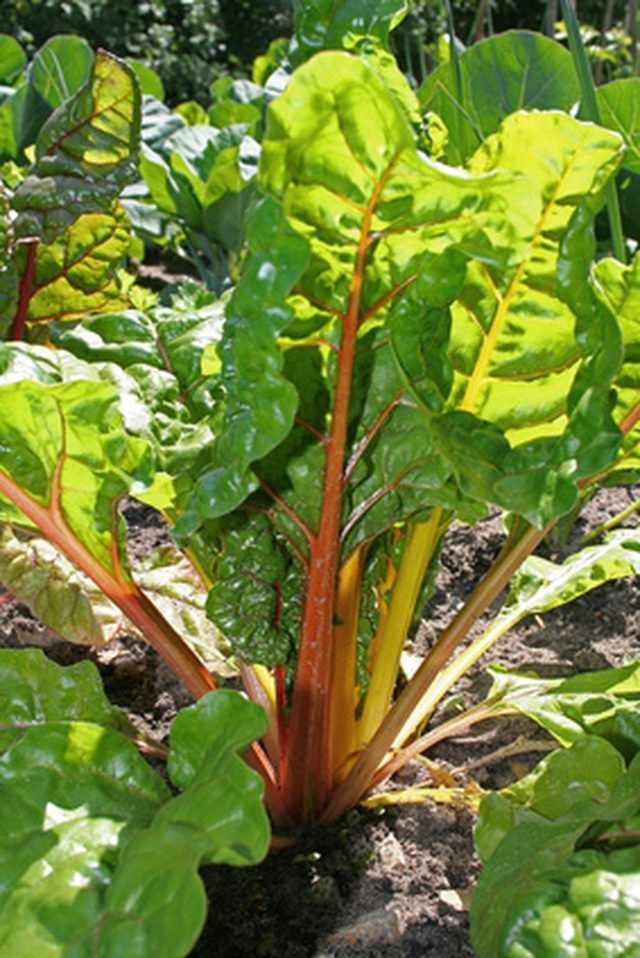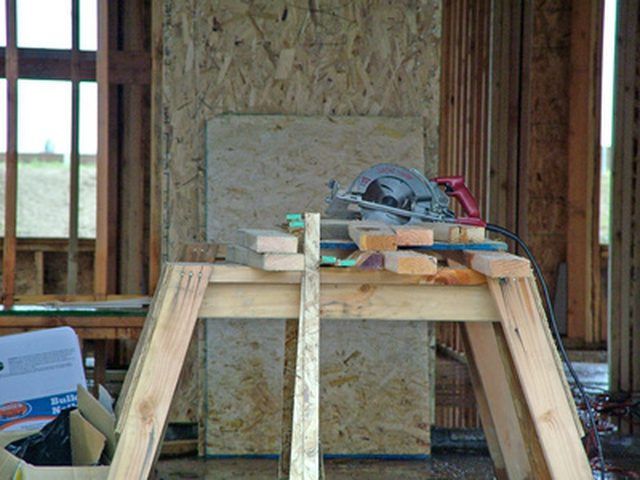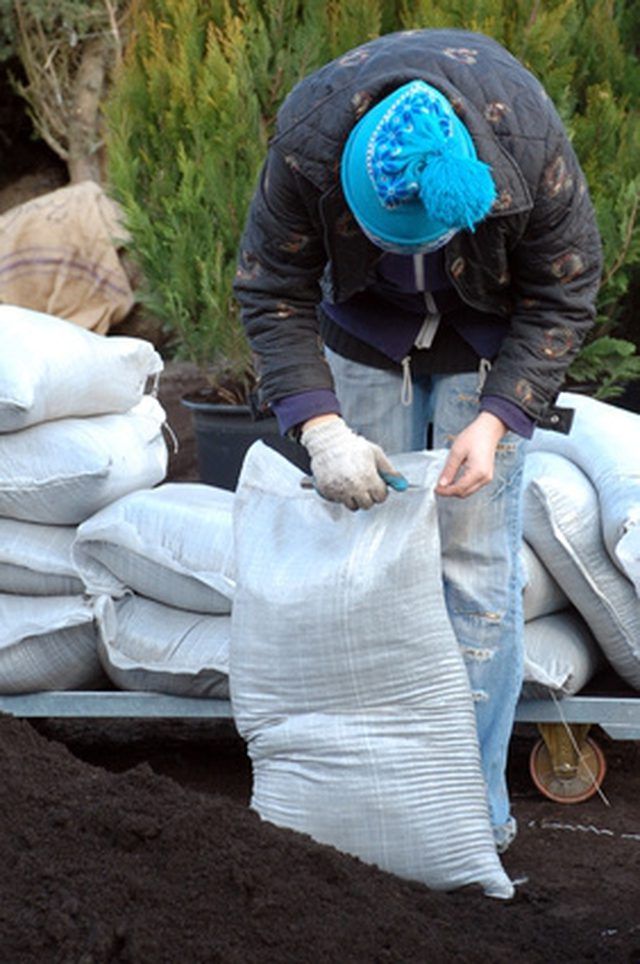Bulbs
Flower Basics
Flower Beds & Specialty Gardens
Flower Garden
Garden Furniture
Garden Gnomes
Garden Seeds
Garden Sheds
Garden Statues
Garden Tools & Supplies
Gardening Basics
Green & Organic
Groundcovers & Vines
Growing Annuals
Growing Basil
Growing Beans
Growing Berries
Growing Blueberries
Growing Cactus
Growing Corn
Growing Cotton
Growing Edibles
Growing Flowers
Growing Garlic
Growing Grapes
Growing Grass
Growing Herbs
Growing Jasmine
Growing Mint
Growing Mushrooms
Orchids
Growing Peanuts
Growing Perennials
Growing Plants
Growing Rosemary
Growing Roses
Growing Strawberries
Growing Sunflowers
Growing Thyme
Growing Tomatoes
Growing Tulips
Growing Vegetables
Herb Basics
Herb Garden
Indoor Growing
Landscaping Basics
Landscaping Patios
Landscaping Plants
Landscaping Shrubs
Landscaping Trees
Landscaping Walks & Pathways
Lawn Basics
Lawn Maintenance
Lawn Mowers
Lawn Ornaments
Lawn Planting
Lawn Tools
Outdoor Growing
Overall Landscape Planning
Pests, Weeds & Problems
Plant Basics
Rock Garden
Rose Garden
Shrubs
Soil
Specialty Gardens
Trees
Vegetable Garden
Yard Maintenance
How to Build Raised Beds With PVC
How to Build Raised Beds With PVC. Gardeners have long used raised beds for tidy vegetable and flower gardens. According to Purdue University, raised beds improve drainage and prevent soil from becoming compacted. Raised beds with PVC pipe have additional benefits over regular raised beds. Gardeners protect their crops and prolong the growing...

Gardeners have long used raised beds for tidy vegetable and flower gardens. According to Purdue University, raised beds improve drainage and prevent soil from becoming compacted. Raised beds with PVC pipe have additional benefits over regular raised beds. Gardeners protect their crops and prolong the growing season by draping bird netting and row covers over raised beds made with PVC pipe.
Things You'll Need
Table saw or power saw
Measuring tape
Permanent marker
Electric screwdriver
1 redwood or cedar 4-by-4 board, 6 feet long
6 redwood or cedar 2-by-6 boards, 8 feet long
1 piece 1-inch PVC pipe, 10 feet long
2 pieces 1/2-inch PVC pipe, 10 feet long
32 No. 14 wood screws, 3 1/2 inch
16 No. 8 wood screws, 1/2 inch
8 galvanized 1-inch tube straps
Shovel and rake
32 cubic feet planting mix or garden soil
Cutting the Wood
Measure and mark the 4-by-4 every 16 inches. Cut the 4-by-4 into four 16-inch corner posts.

Measure and mark two 2-by-6 boards in half. Cut on the marks to make four boards.
Measure, mark and cut the 1-inch PVC pipe into four 12-inch-long pieces.
Measure, mark and cut the 1/2-inch PVC pipes into 6-foot lengths.
Assembly
Assemble the raised bed upside down on a flat surface like the garage floor or the ground. Set a 4-foot 2-by-6 board on the ground on its thin edge. Attach the board to a 4-by-4 post by screwing two 3 1/2-inch screws into the board and the post.
Secure the opposite end of the board to another post using the same method. Follow the same process with the other two posts.
Attach the 8-foot-long boards to the posts using the same method. You should now have a rectangular box. You are making a deep garden box with two layers of boards. Attach the remaining boards to the posts, with their edges butting up against the previously installed boards.
Measure and mark the position for the PVC pipe. Inside the bed, mark 2 feet from the ends of the box on either side, so you have four marks total.
Position your 12-inch piece of PVC pipe on the marks you just made. Align the tops of the PVC pipe with the top of the bed. Secure each piece of PVC pipe by screwing the tube straps around them. Place a tube strap at the top and bottom of each piece of pipe, using the 1/2-inch screws.
Installation
Enlist the help of a friend to carry the bed to your garden area. Turn it over so the legs of the posts point down.
Set it where you want it and allow the posts to make indentations in the soil. Remove the bed and set it aside.
Shovel and rake the area until the soil is level. Dig 8-inch holes for the legs of the bed. Move the bed into position.
Fill the bed with potting mix or garden soil. If you use garden soil, mix compost, manure and peat into the soil to lighten it and improve drainage.

Bend two 6-foot pieces of 1/2-inch PVC pipe into semicircles and place the ends in the 1-inch PVC pipes attached to the bed. You should have two hoops extending over your bed.
Tips & Warnings
Buy potting mix or soil in bulk from landscape companies. Most companies deliver truckloads of soil that are less expensive than bagged mixes.
Drape netting or row covers over the hoops to protect your crops from birds, frost and hail.
Redwood and cedar are recommended because they are insect and rot resistant. Pine is cheaper but won't last as long. You can also use engineered wood materials for no-maintenance beds. These are the most expensive. Do not use treated wood if you plan to grow vegetables and fruits. Toxins can leach into the soil and possibly contaminate your food crops.
Avoid injury by wearing safety goggles when using power tools. Follow manufacturers' directions carefully.